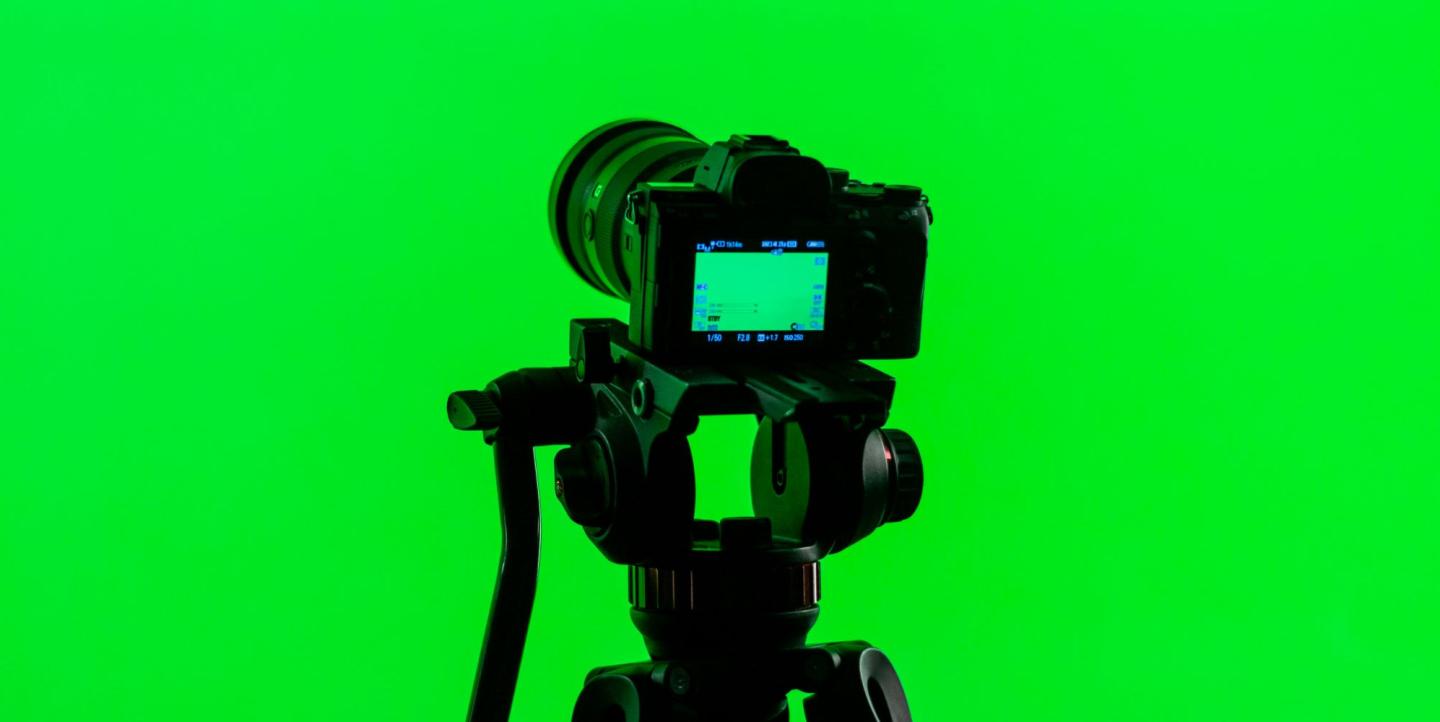Video is enjoying a golden age. Again. Supercharged by social platforms, video's power to distill complex issues in engaging, accessible formats is a hit with audiences.
The Reuters Institute Digital News Report found two-thirds of audiences watch short form news videos weekly, and over half engage with longer form video. No wonder publishers are chasing opportunities. Take for example The Sun identifying video as a key driver for growth. Or the welcome, if overdue, announcement that BBC News plans to double down on YouTube and TikTok.
Successful video meets audiences where they are. Nearly half of the U.K.’s internet users access YouTube daily. More than half (54%) of the U.K. population use TikTok at least once a month. (Newsflash: they are not all under 35.)
YouTube, in particular, is coming for the broadcaster's lunch. In the U.S., YouTube has reported the most popular device for consuming its content is — drum roll — the television. The U.K. will not be far behind. Smart TVs with built-in apps have been a game changer.
So how can news publishers prepare for this video era?
Meeting audiences where they are is not just about the platforms. It is about understanding the storytelling techniques that work. How story selection, language, production styles shift in this space. Good YouTube is not the same as good television.
The successful video publishers have taken an understanding of audience behaviors, needs and interests. They have built formats that work for how audiences consume content today. This will not be achieved by a "lift and shift" of legacy production values. It is a time to be bold.
When we launched The News Movement (TNM) in 2021, we pioneered TikTok explainers with lo-fi "green screens" and rough edits that would have made my former BBC colleagues wince. But we were deliberately targeting younger audiences, using the language of social media.
It worked: 61% of the TNM audience is under 35. In 2025, the format is rarely used. TNM content has evolved. But that's the point. Agility is essential.
@thenewsmovement What is the Haka and why is it culturally significant for the Māori people of New Zealand? A resurfaced clip of Hana-Rawhiti Maipi-Clarke, the 21-year-old New Zealand MP, performing the Haka on her debut speech has gone viral. Maipi-Clarke is the youngest MP to be elected to New Zealand’s parliament in 170 years. Here’s what you should know about the Haka and it’s importance within Māori culture. 📸 AP #Maori #māori #maoriparty #tepātimāori #newzealand ♬ original sound - The News Movement
Success on social depends on understanding the audience and the algorithms. Take Piers Morgan. He ditched a television network for YouTube, targeting top YouTubers like Megyn Kelly (3.5m subscribers) for his news making interviews — not just for content but for her audience too. It paid off, and is now arguably the U.K.’s most successful news YouTuber (3.8m subscribers)
Recognizing where the algorithms challenge the values of broadcasting is important. Masters of the political explainer, TLDR News, offers another model. It has built a 2.5m subscriber base across all its topical channels. Smaller, but more engaged audiences, getting exactly what they came for. Take note BBC News.
For large newsrooms, building video teams is an institutional challenge. As head of video at BBC News (2016-21), I regret we never landed a long-running explainer format.
It was not for want of trying. There were promising pilots like the 2019 election series, This Matters, Frankie McCamley’s engaging work or our Covid explainers that outperformed TV and text in accessibility tests.
None were perfect. But the problem was not intent or talent. It was patience. Good video takes time to develop. Test. Review. Revise. This graphic is doing the rounds showing how many videos Mr. Beast, the world’s biggest YouTuber, made before he went viral (453, in case you were wondering). Newsrooms must be willing to experiment, without expecting instant results.
And then there are the creators, the powerhouse of social video. The Reuters Institute DNR tells us that younger audiences are increasingly looking to creators for news — not brands.
Publishers are experimenting. Reach's Curiously and the BBC News TikTok account show signs of life. And at least one regional newspaper publisher is developing a creator network to support its socials. But no one has yet cracked the formula for handing creative freedom to individuals while retaining links to a master brand. Outfits like Noosphere show there are curation opportunities to bring video creators together.
@curiouslymedia Jason is reportedly getting paid how much?! 😲 (according to Showbiz Galore) #minecraftmovie #minecraft #jackblack #jasonmomoaedits ♬ I Feel Alive (from “A Minecraft Movie”) - Jack Black
There is an opportunity here. Equip a new generation of creators with journalistic values and production skills. News organizations and universities could lead the way.
U.K. journalism has yet to produce a Johnny Harris (global storytelling) or a Cleo Abram (tech news) — creators building loyal followings around niche, high quality storytelling. But do not be fooled by their indie vibes. Look at the credits, these are not bedroom vloggers. They are teams with craft and intent.
Veterans of the 2015 "pivot to video" might be forgiven a wry smile at this renewed video love affair. Yes, video has the power to connect, but it is not the only way to reach an audience. And it cannot be pursued in isolation.
The lesson from the last pivot was that large-scale investment in siloed teams is not the answer. Video must be part of wider conversation, alongside social, podcast, product and audience strategy. But it is good to see the discussion is happening again. Click play.
Photo by Louis Hansel on Unsplash.
This article was originally published on Journalism.co.uk and republished on IJNet with permission.

